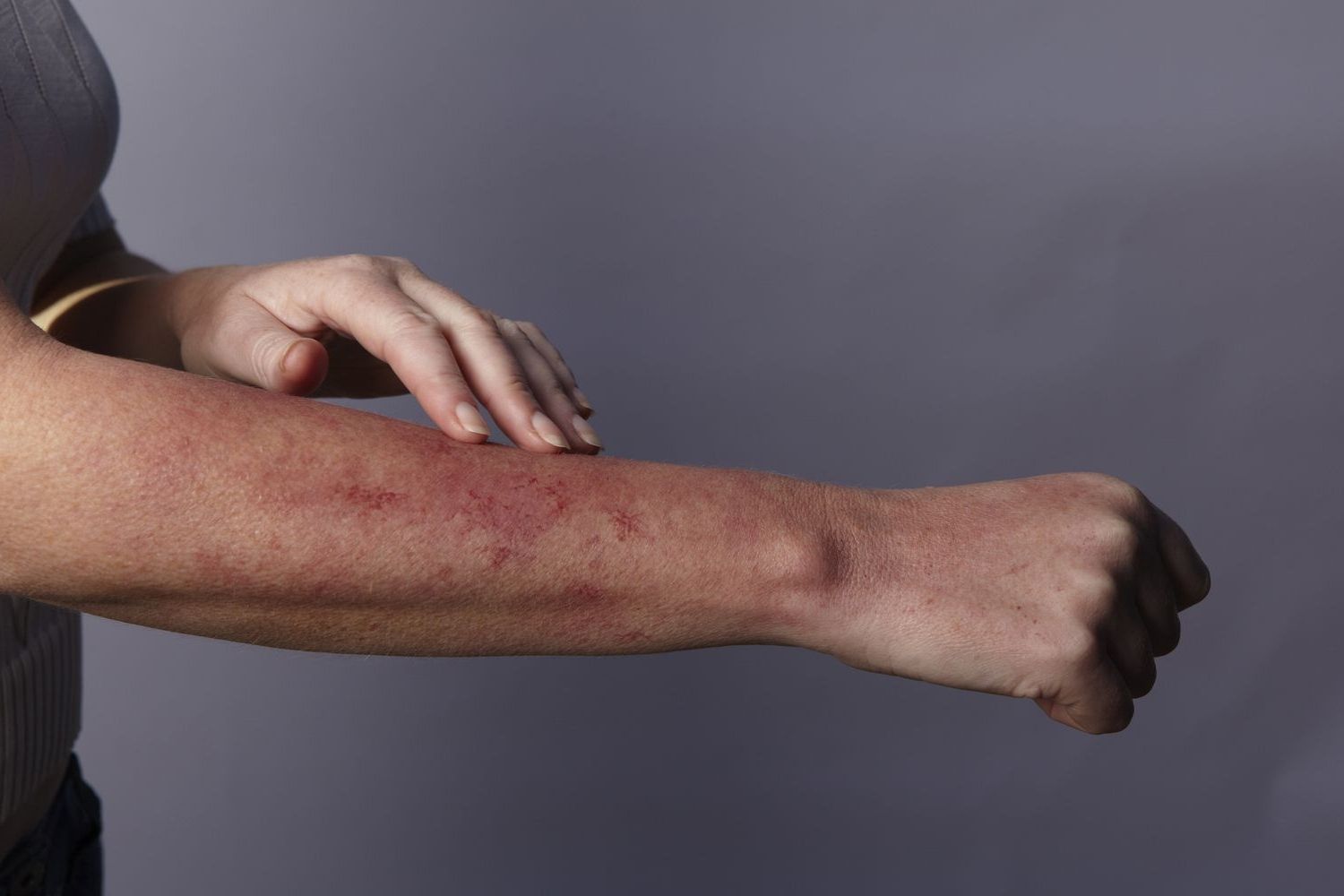
Erythema is a skin condition characterized by redness or rash caused by increased blood flow to the capillaries. But what exactly triggers this condition? It can result from various factors, including infections, allergies, sunburn, or even emotional stress. Understanding erythema is crucial because it can be a symptom of underlying health issues. This post will delve into 28 intriguing facts about erythema, shedding light on its causes, symptoms, and treatments. Whether you're a student, a curious mind, or someone dealing with this condition, these facts will provide valuable insights. Let's dive into the world of erythema and uncover what makes this skin condition so unique.
What is Erythema?
Erythema is a skin condition characterized by redness or rash. It can be caused by various factors, including infections, allergies, or even sunburn. Here are some intriguing facts about erythema that will help you understand it better.
-
Erythema means "redness" in Greek. The term comes from the Greek word "erythros," which means red. This makes sense because the primary symptom is red skin.
-
It’s a common symptom, not a disease. Erythema itself is not a disease but a symptom that can indicate various underlying conditions.
-
Sunburn is a type of erythema. When your skin turns red after too much sun exposure, that’s erythema caused by UV radiation.
-
Erythema can be localized or widespread. It can affect just one small area or cover large portions of the body.
Causes of Erythema
Understanding what causes erythema can help in managing and treating it effectively. Here are some common causes.
-
Infections can cause erythema. Bacterial, viral, or fungal infections can lead to skin redness.
-
Allergic reactions are a major cause. Contact with allergens like poison ivy or certain foods can trigger erythema.
-
Medications can induce erythema. Some drugs, especially antibiotics, can cause skin redness as a side effect.
-
Autoimmune diseases can result in erythema. Conditions like lupus or rheumatoid arthritis often have erythema as a symptom.
Types of Erythema
There are several types of erythema, each with its own unique characteristics. Here are some of the most common ones.
-
Erythema multiforme is a hypersensitivity reaction. It often appears as red patches or spots and can be triggered by infections or medications.
-
Erythema nodosum causes painful lumps. These lumps usually appear on the shins and can be associated with infections or inflammatory diseases.
-
Erythema migrans is a sign of Lyme disease. It appears as a bullseye-shaped rash and is caused by tick bites.
-
Erythema ab igne is caused by heat exposure. Prolonged exposure to heat sources like heating pads can cause this type of erythema.
Symptoms of Erythema
Recognizing the symptoms can help in early diagnosis and treatment. Here are some common symptoms.
-
Redness is the primary symptom. The affected area turns red due to increased blood flow.
-
Swelling often accompanies redness. The skin may become swollen and warm to the touch.
-
Itching is a common symptom. Many people experience itching along with redness.
-
Pain can also occur. Some types of erythema, like erythema nodosum, can be painful.
Diagnosing Erythema
Proper diagnosis is crucial for effective treatment. Here’s how doctors usually diagnose erythema.
-
Physical examination is the first step. Doctors will examine the affected area to look for characteristic signs.
-
Medical history is important. Knowing your medical history can help identify potential causes.
-
Blood tests can be useful. These tests can help identify infections or autoimmune conditions.
-
Skin biopsy may be needed. In some cases, a small sample of skin is taken for further examination.
Treatment Options for Erythema
Treating erythema involves addressing the underlying cause. Here are some common treatment options.
-
Topical creams can reduce symptoms. Steroid creams are often used to reduce redness and swelling.
-
Antibiotics may be necessary. If an infection is causing erythema, antibiotics can help.
-
Antihistamines can relieve itching. These medications are useful if allergies are the cause.
-
Avoiding triggers is crucial. Identifying and avoiding the cause can prevent recurrence.
Prevention of Erythema
Preventing erythema involves taking steps to avoid known triggers. Here are some tips.
-
Use sunscreen to prevent sunburn. This can help avoid erythema caused by UV radiation.
-
Avoid known allergens. Staying away from substances that trigger allergic reactions can prevent erythema.
-
Stay hydrated. Drinking plenty of water can keep your skin healthy.
-
Maintain good hygiene. Regular washing can prevent infections that cause erythema.
Erythema Multiforme: Key Takeaways
Erythema Multiforme (EM) is a skin condition that can be triggered by infections or medications. Recognizing its symptoms, like red patches or blisters, helps in seeking timely medical advice. EM can range from mild to severe, with some cases requiring hospitalization. Treatment often involves addressing the underlying cause and managing symptoms with medications like antihistamines or corticosteroids.
Prevention focuses on avoiding known triggers, such as certain drugs or infections. Regular check-ups and open communication with healthcare providers play a crucial role in managing this condition. Awareness and education about EM can lead to better outcomes and improved quality of life for those affected.
Understanding EM empowers individuals to take proactive steps in their healthcare journey, ensuring they receive the best possible care and support. Stay informed, stay healthy!
Was this page helpful?
Our commitment to delivering trustworthy and engaging content is at the heart of what we do. Each fact on our site is contributed by real users like you, bringing a wealth of diverse insights and information. To ensure the highest standards of accuracy and reliability, our dedicated editors meticulously review each submission. This process guarantees that the facts we share are not only fascinating but also credible. Trust in our commitment to quality and authenticity as you explore and learn with us.
